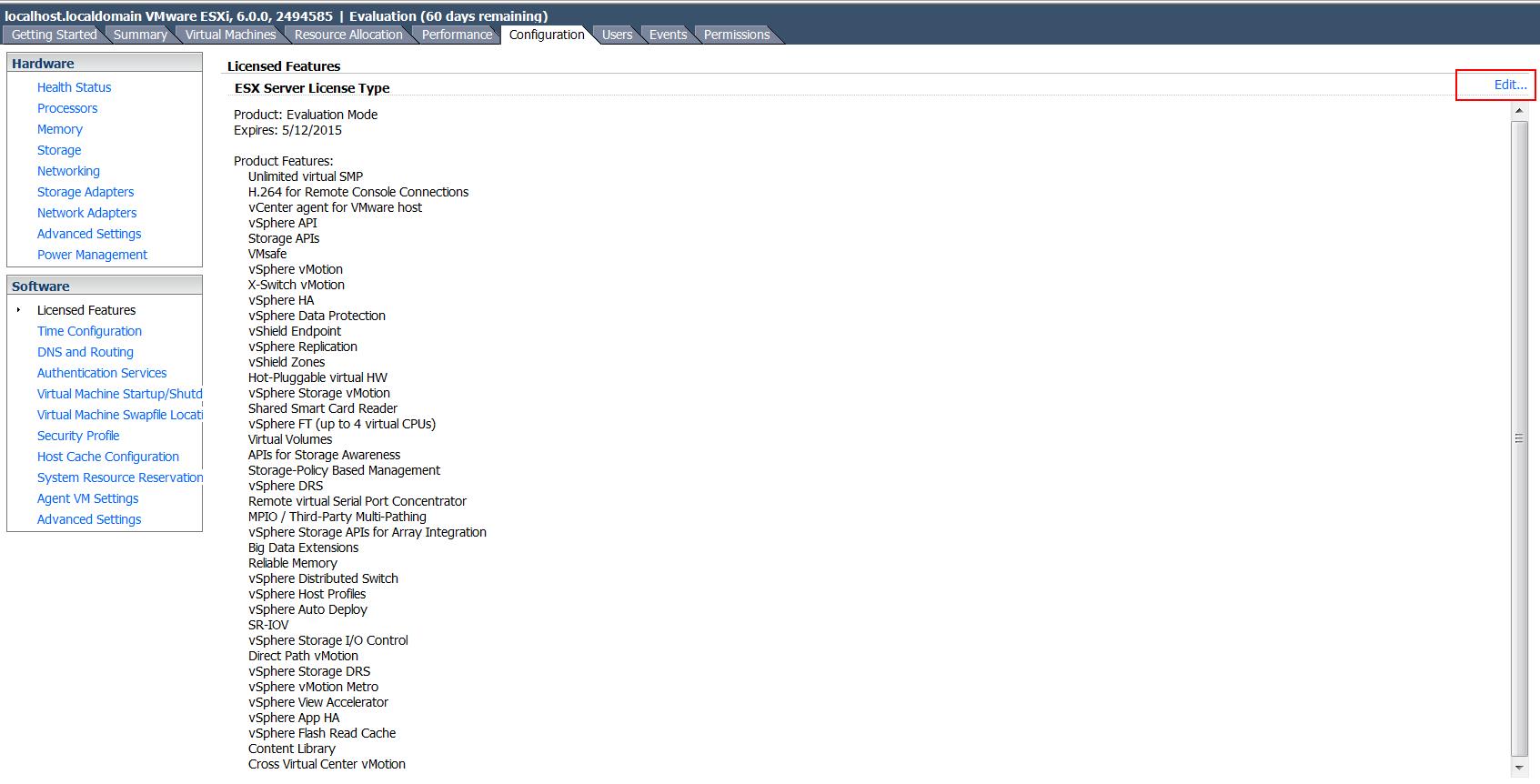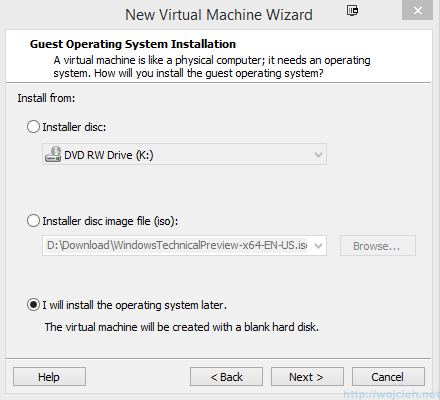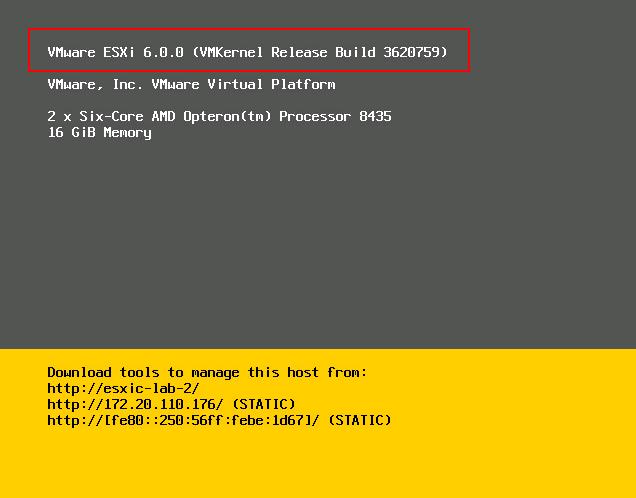

Tulip drivers, also known as net-tulip drivers, are drivers for the legacy virtual network adapter of a Hyper-V VM.īy default, ESXi doesnt recognize the network adapter of a Hyper-V virtual machine. PowerCLI is used for integrating network drivers into the ESXi installation image in this case. The PowerCLI installation process is rather straightforward simply run the installer and follow the wizard steps. If you have previously installed any PowerCLI version that is older than 6.3, you should uninstall it. Go to Control Panel Programs and Features Turn Windows features on or off.Ĭheck the box near Hyper-V, click OK, and wait until the installation process finishes before restarting the physical machine. Preparing Your Environment Prepare your environment to make ESXi installation on a Hyper-V VM possible. The installation image must be ESXi-70604001 Build 5572656 or older. PowerCLI is a tool with a command line interface (CLI) provided by VMware, which includes a set of cmdlets that can be executed in PowerShell as well as used for scripting and automation. Hyper-V VM configuration version must be 8.0 or later. Windows 10 (Build 10565 or later) or Windows Server 2016 with Hyper-V. Intel VT-x must be enabled in BIOS or UEFI (Unified Extensible Firmware Interface) of your computer.


In case of using Hyper-V, you must have the Intel CPU (central processing unit) with Intel VT-x (Virtualization Technology) support. Your processor must support hardware virtualization features.
#Esxi 6.0 download iso install#
Requirements The following requirements must be met in order to install ESXi on a Hyper-V VM: Compatible hardware.

Actually in ESXi 6.0 there aren’t (yet) those kind of images, but only the vanilla or the vendor specific images.Requ e st a live demo with one of our experienced engineers and discover how NAKIVO Backup Replication can elevate your data protection approach.ĭuring a 30-minute product demonstration, you can see the product in action and get answers to all your questions. In vSphere 5.x there were also the rolling updated images but those may included also unproven drivers (or in some special cases may create some issues). With vSphere 6.0 something has changed: the legacy ESXi-Customizer may or may not work (see the authour post: because I won’t update it anymore).īut when it comes to installing custom drivers or creating customized installation ISO, other ways still works:īut in most cases you can avoid those type of problem at all: using the vendor customized ISO is one way to have most of new vendor related drivers. If you need to build an ISO with custom driver the fastest (but unsupported) way remain ESXi-Customizer.
#Esxi 6.0 download iso how to#
In case you need to build custom ISO with custom option this post could help you: How to Create Bootable ESXi 5 ISO & Specifying Kernel Boot Options. In previous post we have already see how add custom drivers to an ESXi installation ISO and how use ImageBuilder to make custom ESXi ISO, but in other cases you may need to define some custom settings during the installation or add custom vib files.īooting from CD is not the only way, but custom ISO could be used also for boot from USB or for boot from virtual devices (like the iDRAC or ILOE). This post is also available in: Italian Reading Time: 2 minutes


 0 kommentar(er)
0 kommentar(er)
